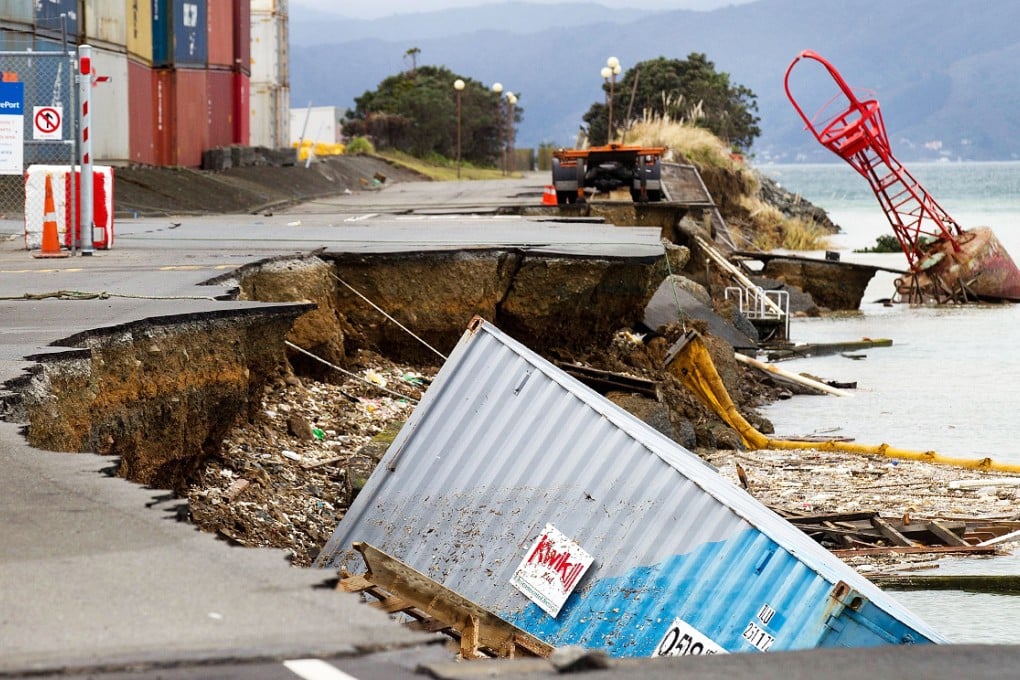Wellington quake threat revealed
A new geological fault capable of generating a 7.1-magnitude earthquake has been found in Wellington, confirming the New Zealand capital's status as one of the world's most seismically active cities.

A new geological fault capable of generating a 7.1-magnitude earthquake has been found in Wellington, confirming the New Zealand capital's status as one of the world's most seismically active cities.
Geologists from the National Institute of Water and Atmospheric Research said the Aotea fault began on the floor of Wellington Harbour and was believed to extend through the central city and southern suburbs.
Institute marine geologist Philip Barnes said there was evidence that the most recent earthquake caused by the fault occurred about 6,200 years ago and it was impossible to know if another quake was due.
"We do believe that it has recurrence intervals of several thousand years," he said. "We have no idea when it might rupture in the future."
New Zealand Prime Minister John Key said it was "fanciful" to suggest the country's capital should be moved because of the quake threat.
"It doesn't actually change anything - there are other big fault lines in Wellington," he said.
